Recognising Mouth Problems
Further detailed information
Get to know your mouth.
Parts of your mouth may be used when you are eating, breathing, formatting sounds to speak and help with the expression of your feelings and emotions. It is important to understand the main parts of the mouth when improving how to care for them.
Functions
Your mouth has three main functions in digestion, breathing and talking.
- You take food into your mouth and that’s where digestion begins. It is actually the first part of the gastrointestinal tract. The digestive functions of the mouth include chewing and mixing food with saliva, starting the digestive process, swallowing and taste.
- Your mouth is an air passageway and can be used for breathing when the nose is inadequate, as happens, for instance, during strenuous exercise.
- Your mouth plays a vital part in speech. Alterations in the shape of the mouth and lips modify the sounds that are made by the vocal cords in such a way that they become recognisable as syllables.
Anatomy
The boundaries of the mouth are formed by the lips, cheeks, floor of the mouth, and palate. It contains the teeth and tongue and receives secretions from the salivary glands.
The mouth, like many organs in the human body, is a hollow cavity. The part in front of the teeth is called the vestibule, while the part behind is the mouth itself. The floor of the mouth is formed from sheets of muscle tissue which are attached to the inner surface of the jawbone. The side walls are formed by the cheeks, which are flexible enough to allow the mouth to open and close. The roof of the mouth is formed by the palate, a thin sheet of tissue which separates the mouth from the nasal cavities above. At the back, the cavity of the mouth joins up with the pharynx, while at the front it communicates with the outside through the lips.
Except for the teeth, the whole of the inner surface of the mouth is lined by mucous membrane. At the back, the membrane goes on to line the gastrointestinal tract, and at the front it is folded over to form the lips.
Signs of a problem
Dentures don’t fit
Difficulty chewing
Sensitive teeth
Toothache
Painful gums
Discoloured or damaged teeth
Types of problems
Dental decay
Dental decay is the most common disease that affects teeth. Decay is caused by plaque, a sticky film found on teeth. Bacteria found in plaque change sugars into acids which produce holes or cavities in teeth. Dental decay can be prevented.
Gum disease
Gum disease is also caused by plaque, which builds up on the gum line of teeth and causes gums to become inflamed. Eventually plaque may destroy the fibres and bone that hold teeth in place.
Bad breath
Bad breath is the name given to unpleasant odours exhaled when breathing. In most cases, bad breath originates in the mouth itself. The intensity of bad breath can change during the day as a result of eating certain foods, smoking, drinking alcohol or dryness of the mouth.
Teeth grinding
Teeth grinding is involuntary clenching, grinding and gnashing of the teeth. It generally happens during sleep, but some people experience it when they are awake. Teeth grinding can be a physical expression of stress; for example, susceptible people may tend to grind their teeth when they are angry, concentrating hard on a particular task or feeling anxious.
Dry mouth
Dry mouth syndrome is when there is not enough saliva (spit) in the mouth. A dry mouth is a symptom of an underlying problem, rather than a disease in itself. Various factors can cause a persistently dry mouth, including prescription medications, medical treatments and certain autoimmune diseases.
Mouth ulcers
Mouth ulcersare the loss or erosion of part of the delicate tissue that lines the inside of the mouth. Some of the causes include certain drugs, chemicals and infectious diseases such as herpes or thrush. The most common cause is mechanical injury, such as accidentally biting your cheek. In most cases, mouth ulcers are harmless and resolve by themselves in a few days without the need for medical treatment.
Mouth cancer
Mouth cancer usually starts in the cells lining the mouth. The most common sites are the lips, tongue and floor of the mouth, but cancer can also originate in the gums, cheeks, roof of the mouth, hard and soft palate, tonsils and salivary glands. People over the age of 45 are at increased risk, with men twice as likely as women to develop these types of cancers.
Headaches and migraines
Headaches and migraines may be caused by problems with the teeth and jaw. Dental abscesses, post-extraction infection and difficulties with the joint of the jaw can cause pain in the local area, as well as referred pain to the face and head.
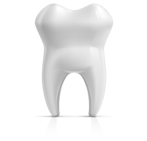 YOUR MOUTH
YOUR MOUTH 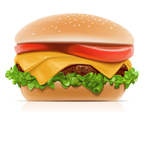 HARMING YOUR
HARMING YOUR 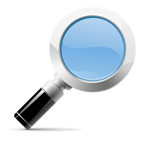 Recognising
Recognising  Improve Your
Improve Your  Meet Your
Meet Your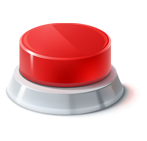 Dental
Dental 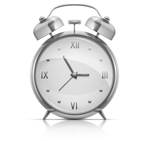 Understanding
Understanding  Contact
Contact 